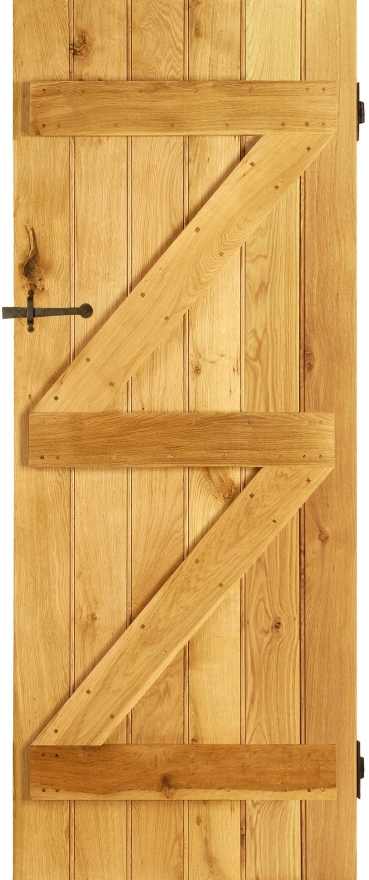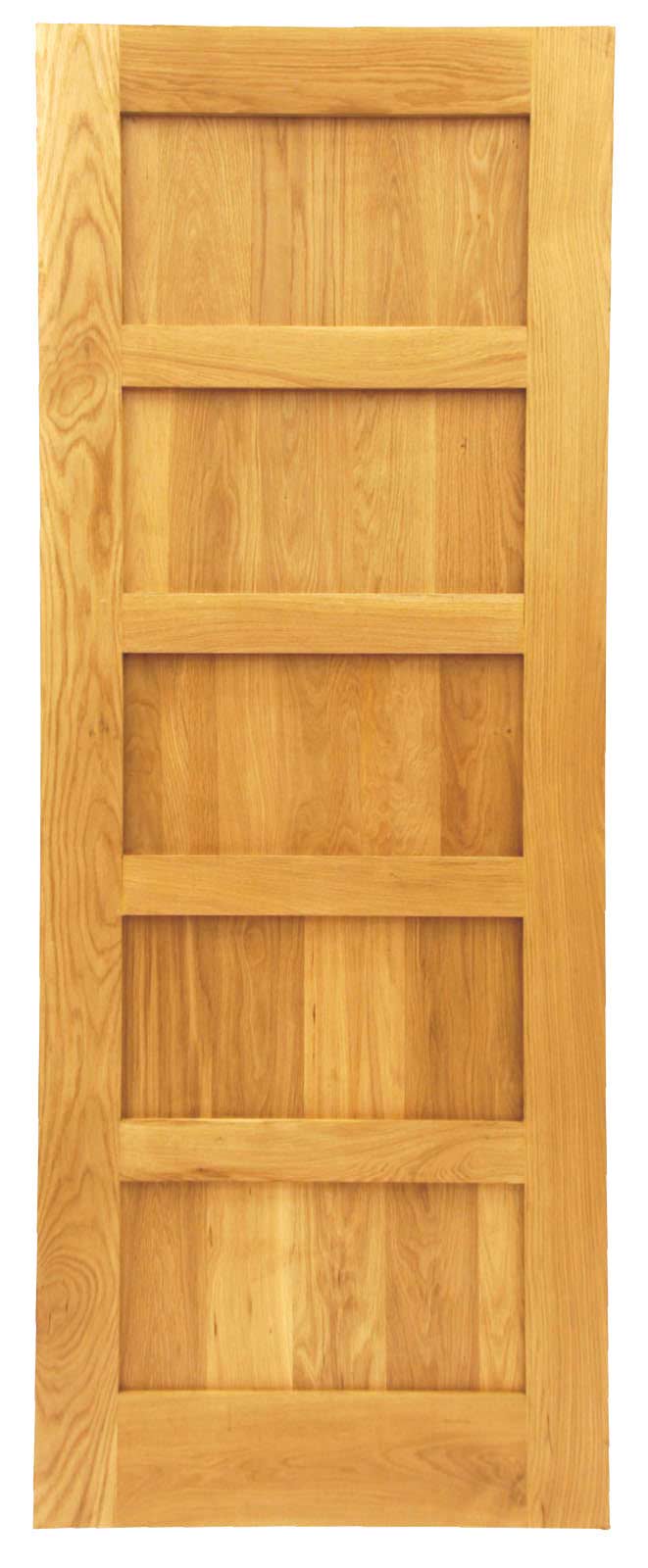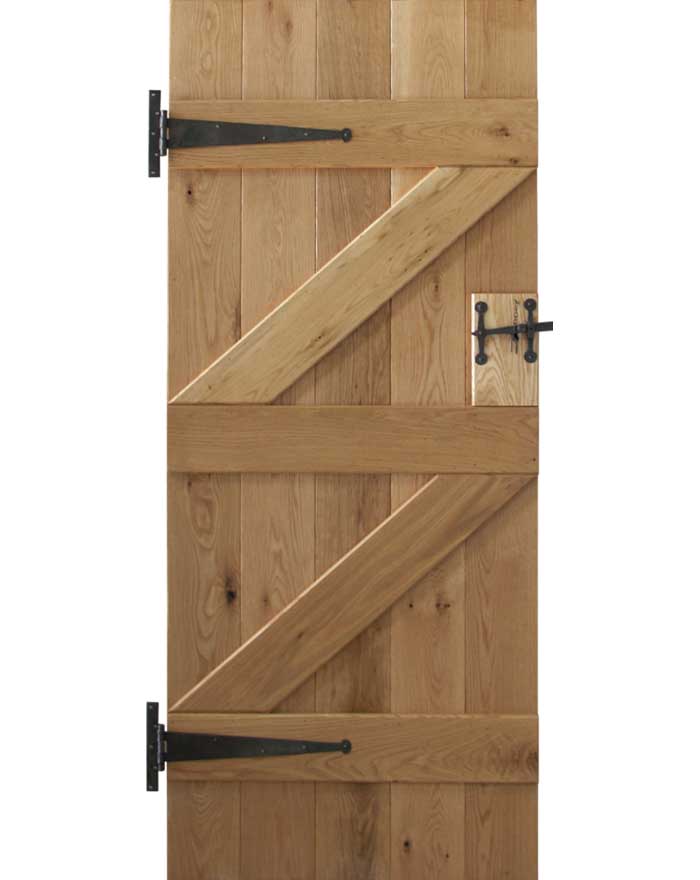Cultural Significance of Oak in Architecture
Key Takeaways
| Aspect | Detail |
|---|---|
| Durability | Oak's strength and resistance to decay make it a long-lasting choice for architectural elements |
| Aesthetic Appeal | The distinctive grain patterns and warm tones of oak add natural beauty to building designs |
| Versatility | Oak can be used for a wide range of architectural features, from doors and frames to beams and floors |
| Historical Significance | Oak has been a prominent material in architecture throughout history, representing tradition and craftsmanship |
| Sustainability | As a renewable resource, oak can be sourced responsibly, contributing to eco-friendly construction practices |
Introduction
Oak has long been revered as a superior building material, prized for its strength, durability, and timeless beauty. Throughout history, architects and builders have turned to oak to create structures that stand the test of time while exuding an unmistakable sense of elegance and tradition. In this article, we will explore the cultural significance of oak in architecture, examining its unique properties, historical uses, and enduring appeal.
The Enduring Strength of Oak
One of the primary reasons oak has been so widely used in architecture is its exceptional durability. Oak's dense, tight-grained structure gives it remarkable strength and resistance to decay, making it an ideal choice for load-bearing elements such as beams, posts, and frames.
This inherent strength allows oak structures to withstand the rigours of time and weather, ensuring that buildings retain their structural integrity for generations. From ancient timber-framed houses to modern oak-framed extensions, the longevity of oak is a testament to its enduring quality.
The Timeless Beauty of Oak Grain
Beyond its structural properties, oak is also prized for its distinctive visual appeal. The wood's characteristic grain patterns and warm, rich tones add a sense of natural beauty and elegance to any architectural design.

The Ledge and Brace Solid Oak Door combines classic craftsmanship with sturdy construction, making it an ideal choice for any home.

The Five Panel Shaker Style Solid Oak Door offers a modern take on a traditional design, with five panels that add a touch of elegance to any room.

The Solid Oak Ledge Braced Rustic V-Groove Door features a rustic V-groove design, adding character and a sense of tradition to your interior spaces.
Versatility in Architectural Applications
Another factor contributing to oak's enduring popularity in architecture is its remarkable versatility. From structural elements to decorative details, oak can be used in a wide range of applications, adapting to diverse architectural styles and design requirements.
- Doors: Solid oak doors, whether external or internal, provide a classic and durable entrance to any building.
- Windows: Oak window frames offer both strength and aesthetic appeal, complementing a variety of architectural styles.
- Flooring: Oak floorboards bring a sense of warmth and character to interior spaces, while also providing a durable and long-lasting surface.
- Beams: Exposed oak beams are a defining feature of many traditional and rustic architectural styles, adding both structural support and visual interest.
This versatility allows architects and designers to incorporate oak into a diverse range of projects, from period restorations to contemporary new builds.
Historical Significance and Cultural Heritage
Oak has played a significant role in architecture throughout history, with its use dating back centuries. From medieval churches and Tudor manor houses to Victorian townhouses and Arts and Crafts cottages, oak has been a constant presence in the built environment.

The Five Panel Shaker Style Solid Oak Door offers a modern take on a traditional design, with five panels that add a touch of elegance to any room.

The Solid Oak Suffolk Door combines the timeless appeal of the Suffolk design with the natural beauty and durability of solid oak, perfect for any home interior.

The Victorian 4 Flat Panel Solid Oak Door features a classic Victorian design with flat panels, offering a timeless look that suits both traditional and contemporary interiors.
This historical use of oak in architecture has imbued the material with a sense of cultural heritage and tradition. By incorporating oak into contemporary designs, architects and builders can create a tangible link to the past, evoking a sense of timelessness and craftsmanship.
Sustainability and Environmental Considerations
As sustainability becomes an increasingly important consideration in architecture, oak offers an environmentally responsible choice. As a renewable resource, oak can be sourced from responsibly managed forests, ensuring that its use does not contribute to deforestation or habitat destruction.
Moreover, the longevity and durability of oak mean that structures built with this material have the potential to last for generations, reducing the need for frequent replacements and minimising the environmental impact of construction over time.
Conclusion
The cultural significance of oak in architecture is undeniable. From its strength and durability to its timeless beauty and versatility, oak has earned its place as a beloved and enduring building material. By incorporating oak into contemporary designs, architects and builders can create structures that not only stand the test of time but also pay homage to the rich cultural heritage of this remarkable wood.
As we move forward, embracing oak in architecture allows us to create buildings that are not only functional and beautiful but also sustainable and respectful of our shared cultural legacy. Whether in traditional cottage doors, grand period features, or innovative contemporary designs, oak will undoubtedly continue to play a significant role in shaping the built environment for generations to come.







